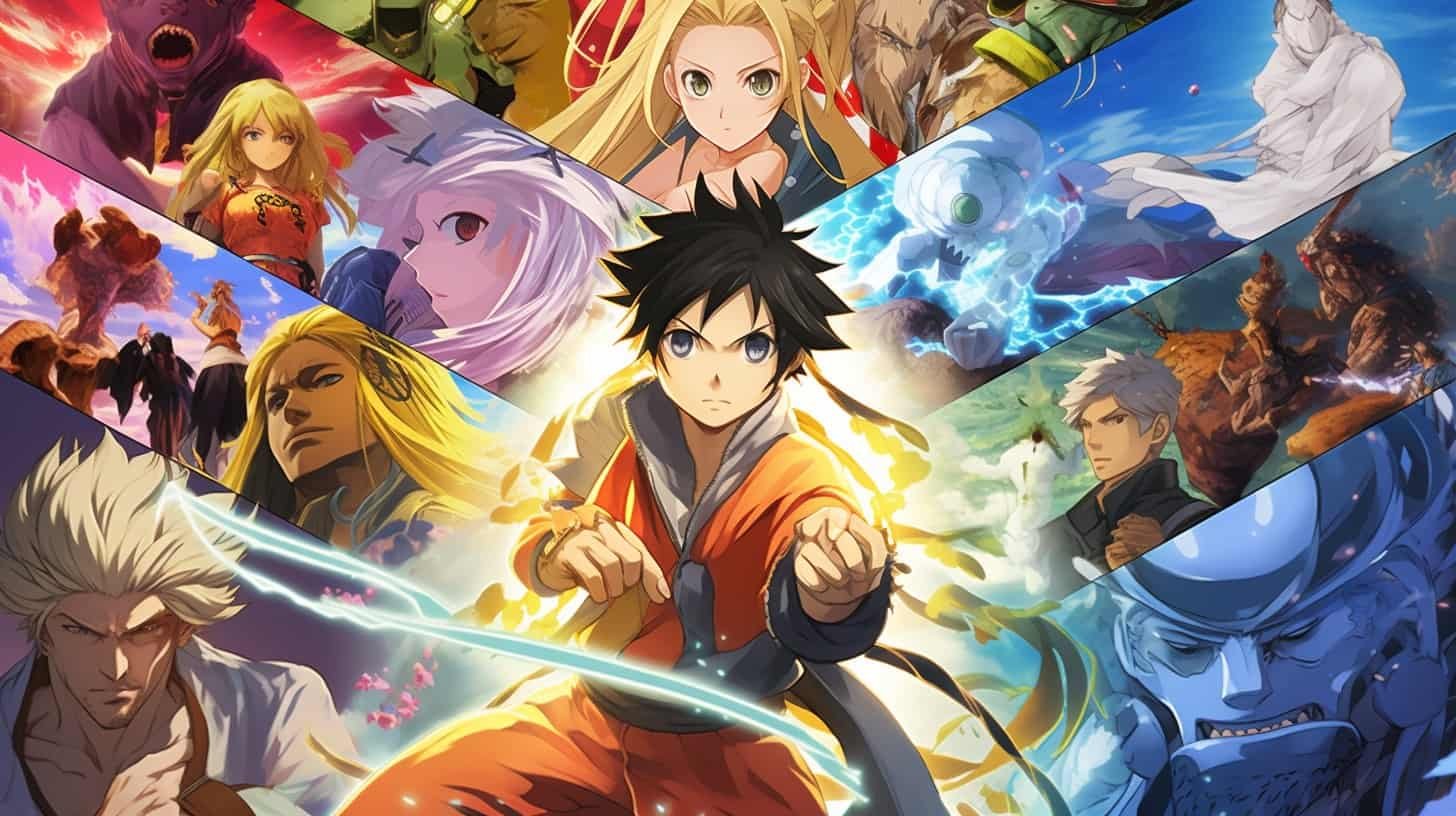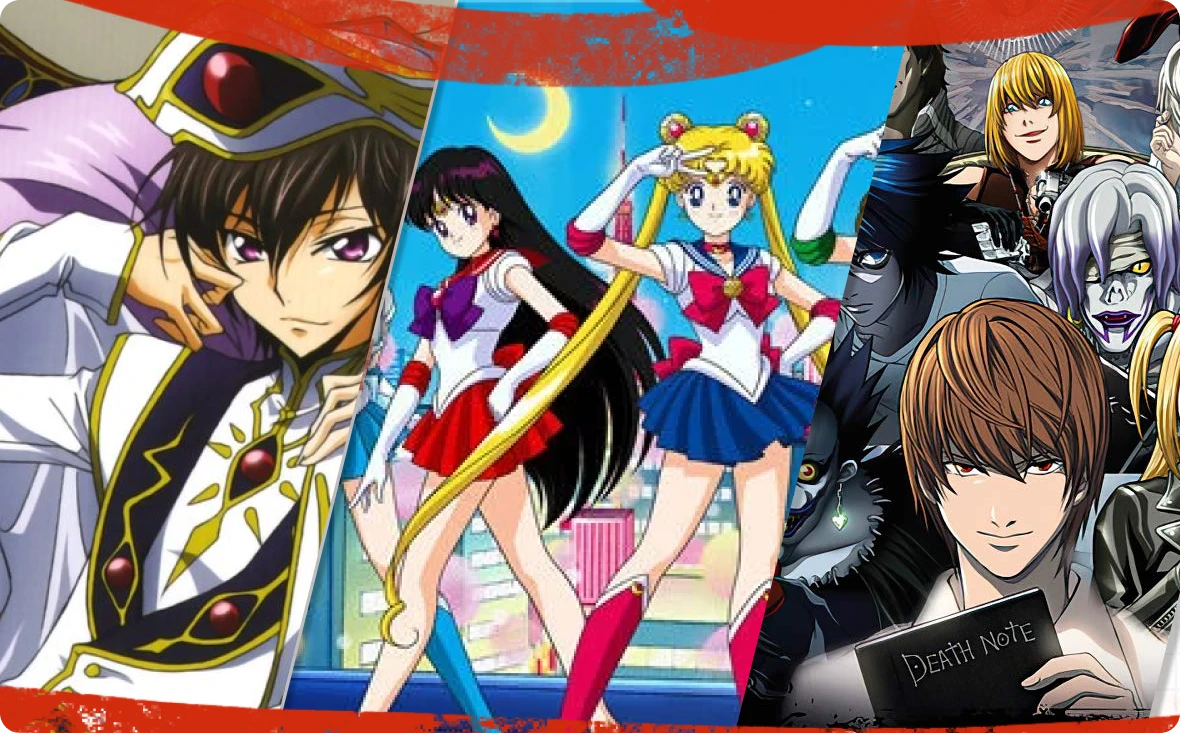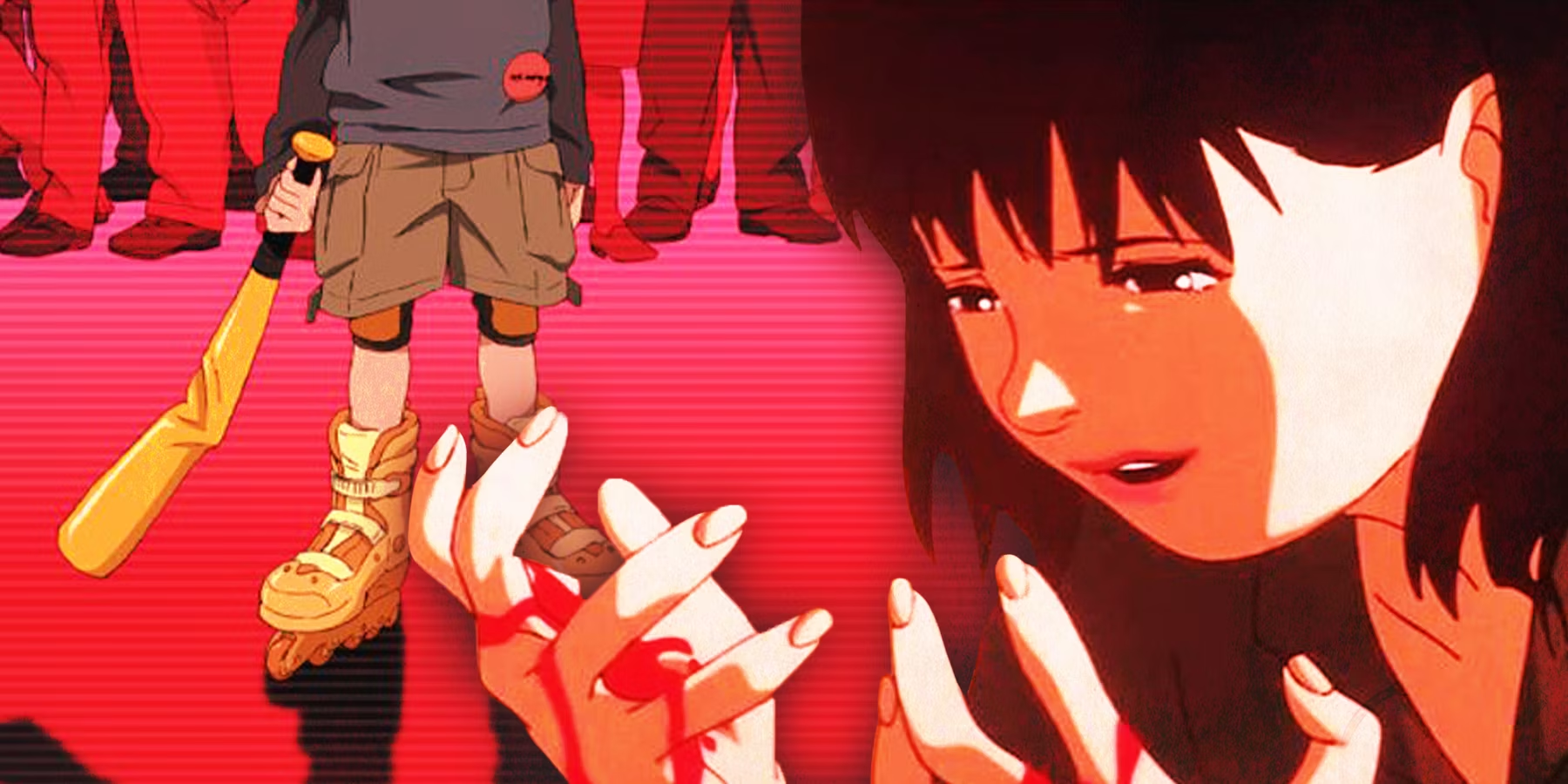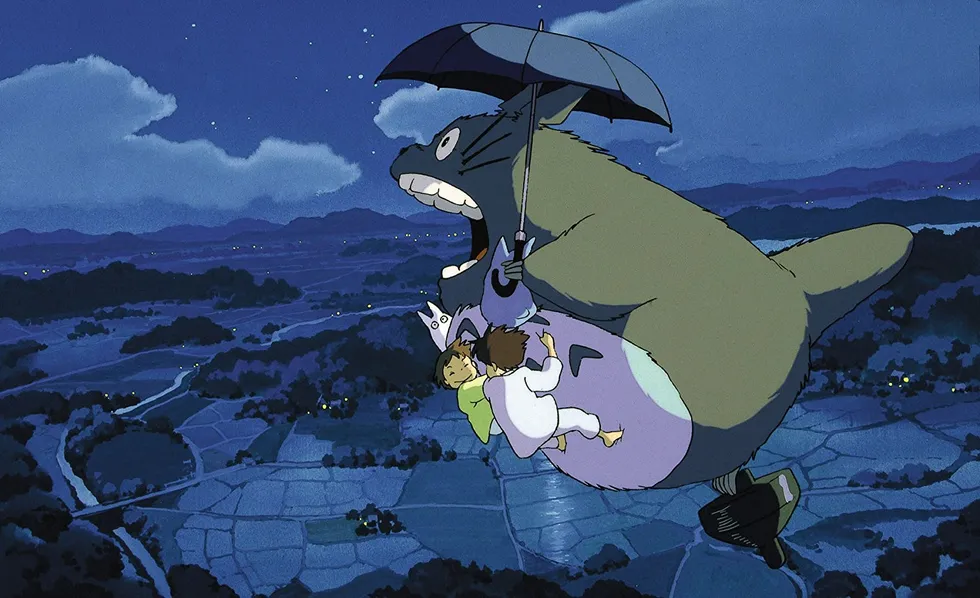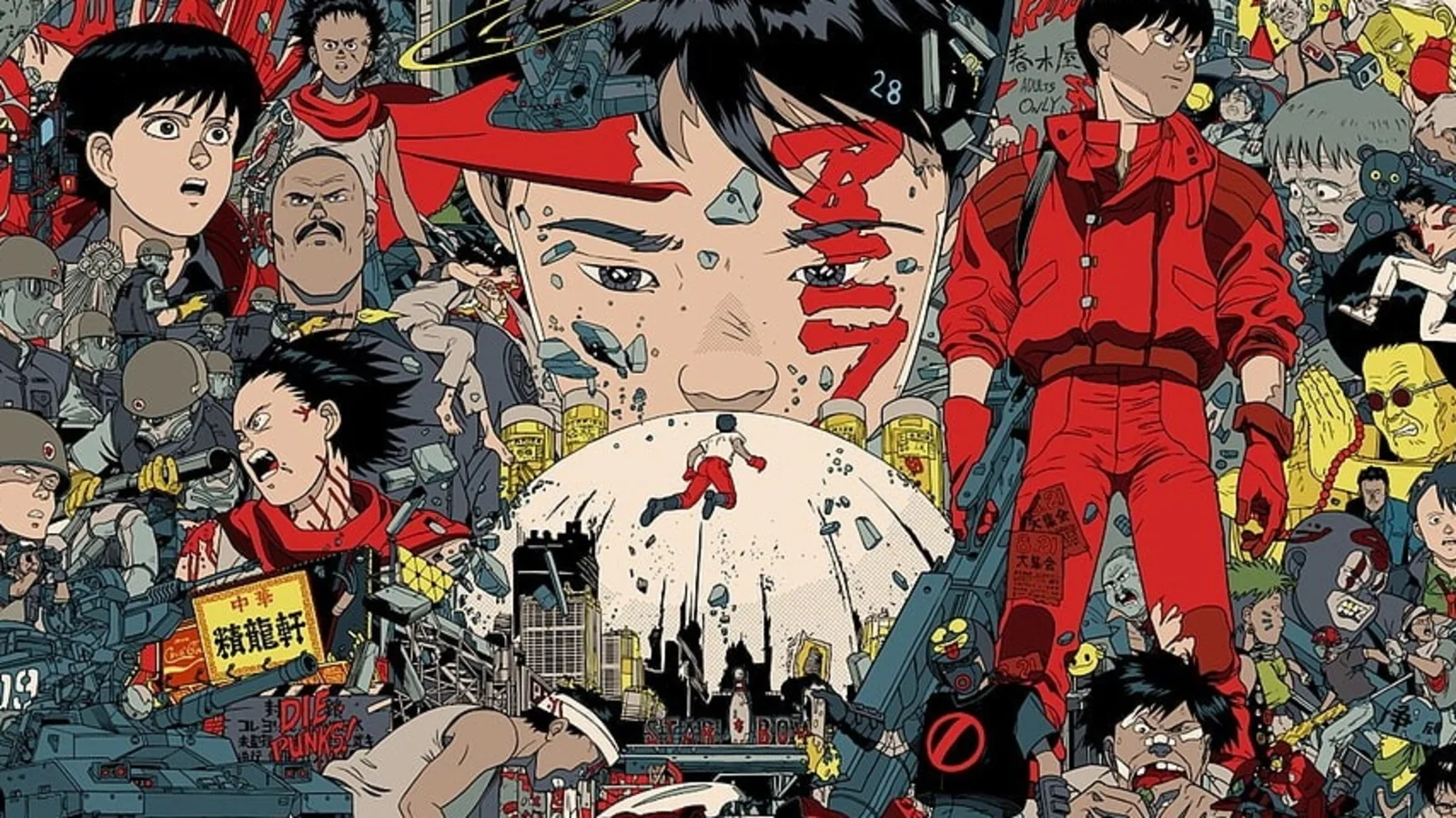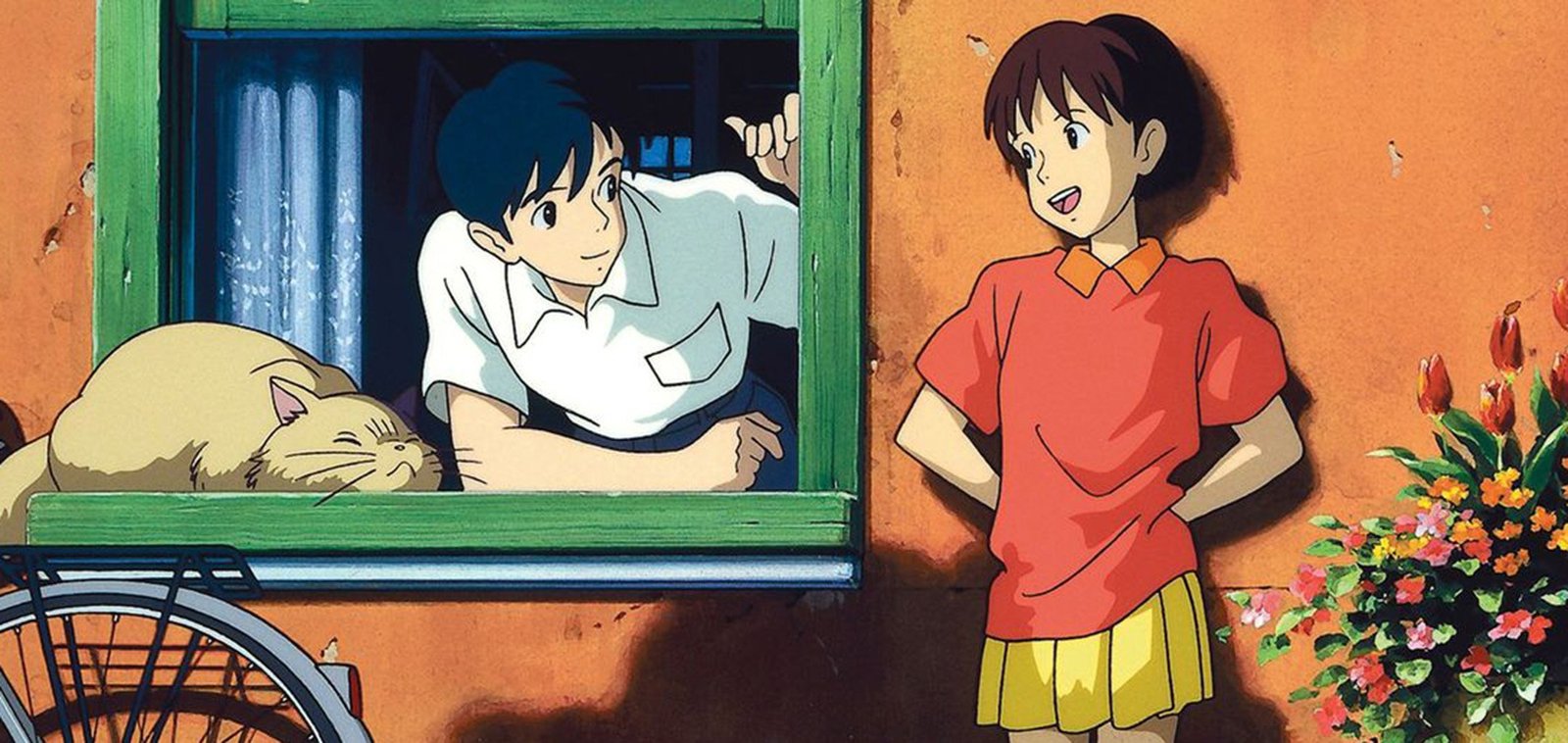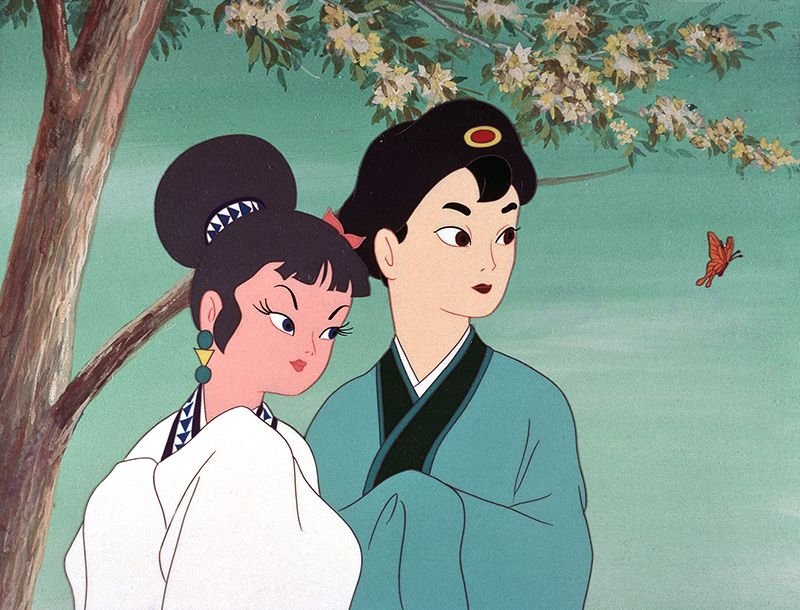Beginner’s Guide to Japanese Animation
Japanese animation, or anime, has captivated audiences worldwide with its unique storytelling, vibrant art, and memorable characters. If you’re new to anime, the sheer number of titles can feel overwhelming. However, you don’t need to start with the most complex series. This beginner’s guide highlights essential anime that will introduce you to the world of

